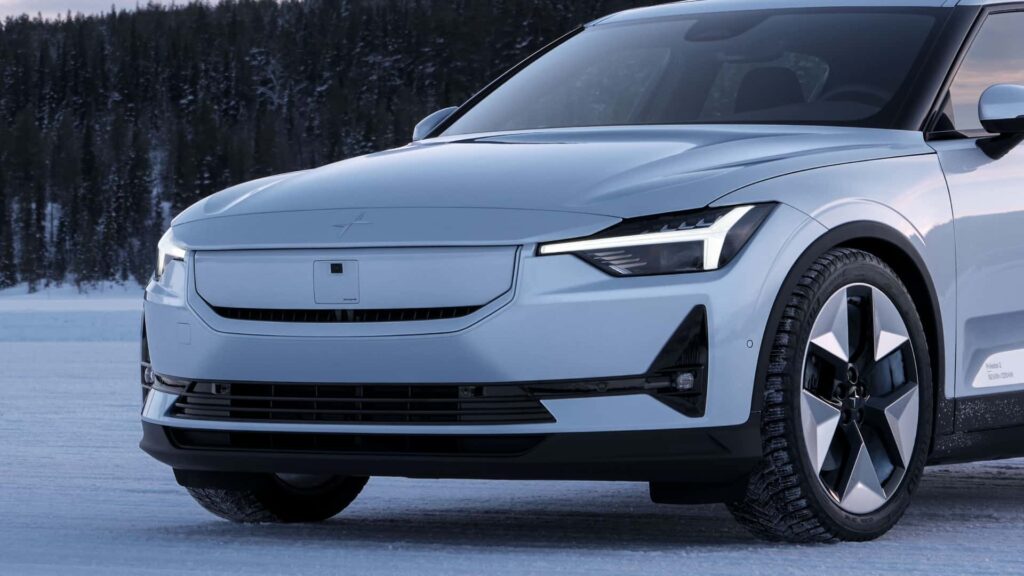The push to prevent Chinese-made vehicles from entering the U.S. market is gaining momentum, with Michigan Senator Elissa Slotkin leading the charge. Slotkin recently introduced the Connected Vehicle National Security Review Act, a bill aimed at establishing a national security review process for Chinese-made connected cars and parts. The senator, a former CIA officer, emphasized the potential national security risks associated with Chinese vehicles, citing concerns about data collection and transmission to Beijing.
Slotkin’s proposal comes at a time when the auto industry is facing increasing competition from Chinese automakers, who have made significant advancements in technology and manufacturing. Despite concerns about the impact on Michigan’s auto industry, Slotkin remains steadfast in her commitment to protecting national security interests.
While only a small number of Chinese-made vehicles are currently sold in the U.S., the issue has garnered attention from policymakers and industry experts alike. President Joe Biden has also raised concerns about the security implications of Chinese-made cars, leading to the imposition of anti-China tariffs.
The debate over Chinese vehicles extends beyond national security considerations, with economic factors also playing a key role. As global trade dynamics continue to evolve, automakers like BYD may find new opportunities to expand their market share, particularly in light of recent tariff developments.
Ultimately, the fate of Chinese vehicles in the U.S. market remains uncertain, with ongoing discussions and policy decisions shaping the future of the industry. Slotkin’s proposal, along with Biden’s stance on Chinese cars, underscores the complex interplay between national security, economic interests, and technological advancements in the automotive sector.
As the debate continues, stakeholders in the auto industry and beyond will be closely monitoring developments to see how the issue unfolds. The implications of restricting Chinese vehicles in the U.S. market are far-reaching, highlighting the need for a nuanced and comprehensive approach to address the challenges and opportunities presented by the evolving automotive landscape.

